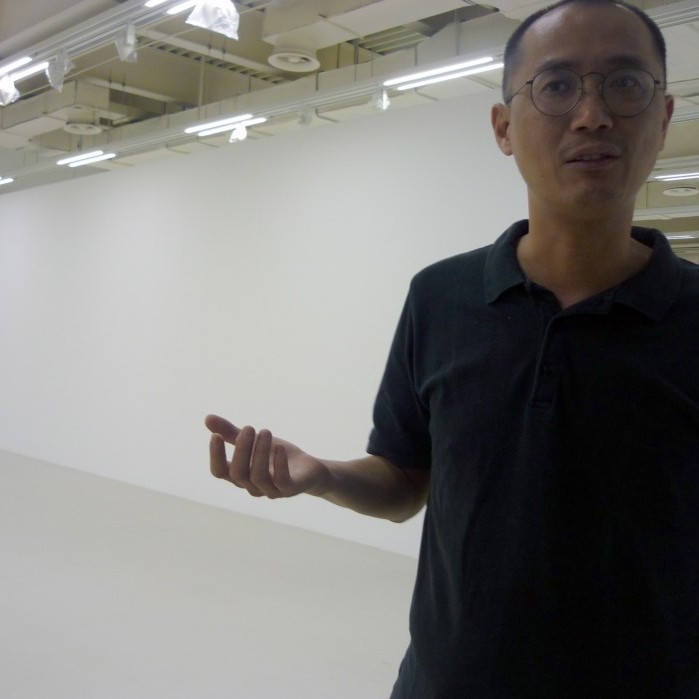In his lecture “What is the Museum of Contemporary Art?”, co-curator of the 9th Shanghai Biennale Boris Groys brought up the following scenario: “We are immersed in a virtual world surrounding life, and in order to get away, to escape the glow of our computer screens, what do I do? I go to the Biennale!” Yes, that is exactly how I ended up in the audience, half a world away, with no previous knowledge of the Chinese contemporary art scene or the Shanghai Biennale (reassuringly — perhaps? — another co-curator, Jens Hoffmann, admitted that he didn’t either). And what better way to visit an extraordinarily sci-fi city than as an invited student to a workshop for art writers and journalists within the pompously named “Academy of Reciprocal Enlightenment” under the aegis of the Shanghai Biennale.
Alighting in Shanghai, I honestly had no preconceptions of the Biennale but had specific expectations for the Academy. The premise of the workshop was this: due to the rapidly changing global environment, the media needs to rethink its important position and responsibility as a mediator between contemporary art and the public, especially because of the abundance of online voices. Art criticism and art making should have a symbiotic relationship for the optimal development and sustainability of both fields. The Academy claimed to offer a series of lectures, workshops, visits to artists’ studios, and site visits in which a crew of young international journalists would have a chance to learn more in a “Platonic-style community of wisdom and criticism” — with instruction given in or translated into English in order to appeal to foreigners. The call for applications popped into my inbox thanks to Art&Education; the combination of the mentioned Groys scenario, my curiosity about China’s contemporary artists (especially since they are either overlooked or pigeonholed from the Euro-American-centric point of view), the potential to see familiar artists in an unfamiliar context, and the desire to gain insight into my journalistic practice prompted me to apply. My first foretaste of the overall organizational troubles of the Biennale was the notification of acceptance into the program just 22 days before the check-in day — a time-frame not especially friendly to foreigners who need visas to enter the country. Not wanting to regret a missed opportunity, I pushed ahead nevertheless.
Upon arrival, a modified curriculum emerged, omitting the promised studio visits, and revealing the Academy to be a glorified series of lectures rather than an interactive writer’s workshop. In the workshop opening speech, the chief curator, Qiu Zhijie, admitted that the hardware was easy but the software was difficult; erecting a building in China was no problem — the challenge lies in assembling a professional team to sustain an institution. We were then given a tour of the exhibition site, which one week before the opening still resembled a construction site, not a museum. I was baffled by how much work was left before the artworks could even be installed (and plastic still covered the carpet in our greenhouse-looking classroom). My Chinese peers reassured me that this was China; it would get done. In the time between walking through the soon-to-be restaurant on the way to lectures and leaving in the afternoon, an impeccable gold-leafing job was magically completed on a massive wall in the dining room. Unfortunately, this level of patience and attention did not carry through to arguably more pressing organizational and installation issues. For one thing, established Shanghai gallerists were furious they didn’t receive invitations to the opening, while a massive iron ball was on the loose in the gallery posing a threat to visitors (it took six people and one red-faced, sweaty curator to get it under control). And then a rumor was circulating about a crying curator because works didn’t arrive according to schedule; many artists were stressed and unhappy, and even Qiu Zhijie said, “I want to cry” when discussing the show’s financial situation.



